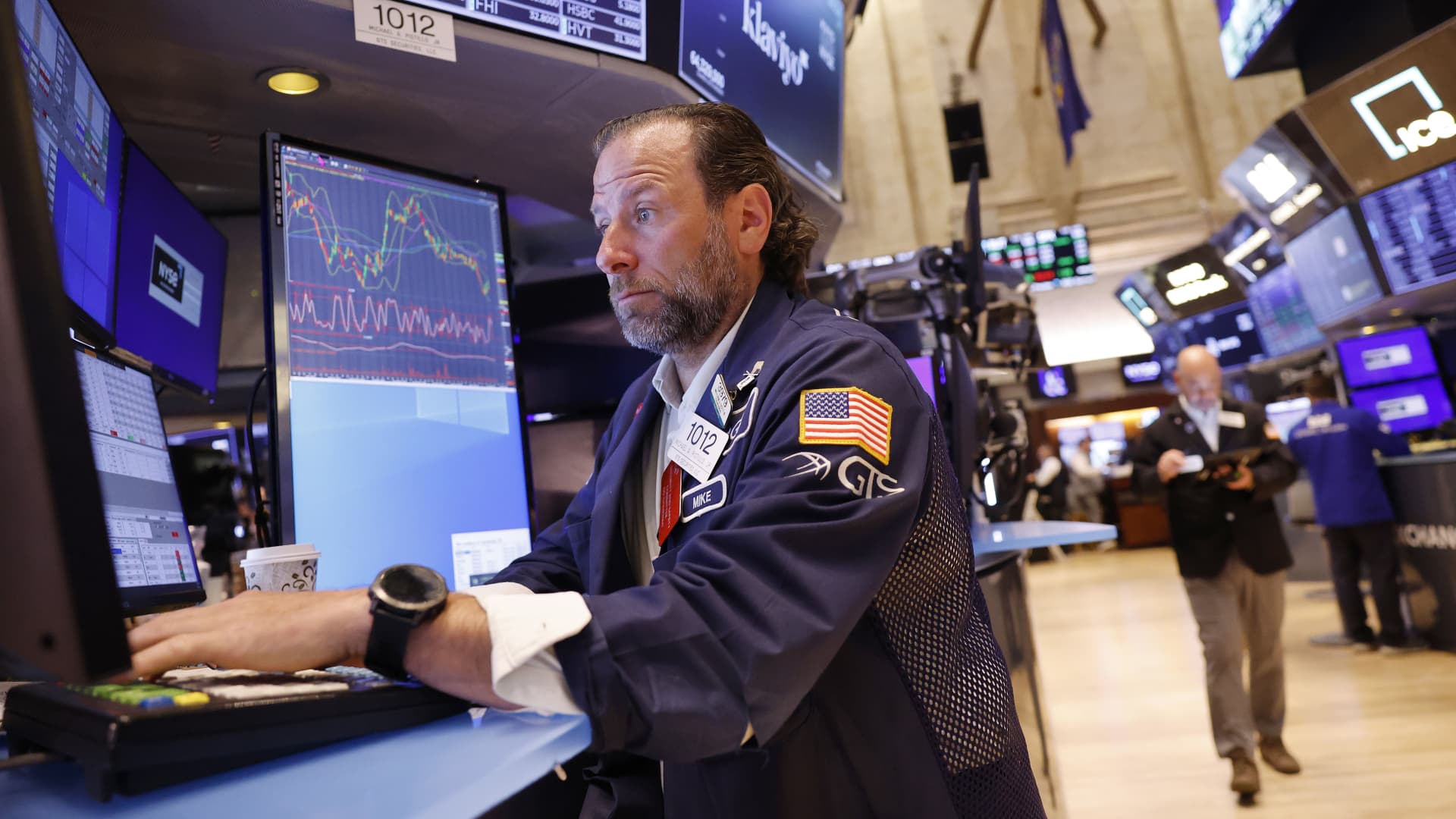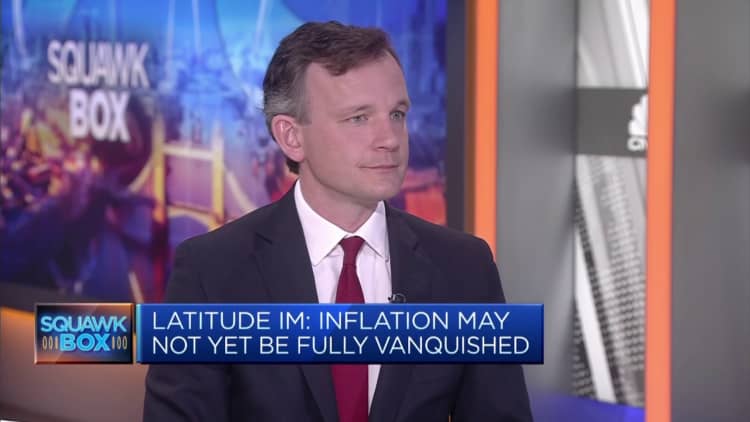

The only reason the Federal Reserve might be tempted to cut rates would be to help the U.S. cover interest payments for the national debt, according to fund manager Freddie Lait.
His comments come ahead of the Federal Reserve’s monetary policy decision on Wednesday, which could shed some light on the U.S. central bank’s rate trajectory. The Fed is widely expected to keep its benchmark overnight borrowing rate in a range between 5.25%-5.5%.
Traders are currently only pricing in about a 50% chance of a Fed rate cut taking place as early as September and expect just one quarter-percentage-point reduction by the end of the year, according to the CME FedWatch Tool.
Speaking to CNBC’s “Squawk Box Europe” on Wednesday, Latitude Investment Management’s Lait said he believed the current level of interest rates was “perfectly fine” to balance the inflation and growth outlook for the world’s largest economy.
“I think it is for the birds to think that in a world where inflation is bottoming, and in some cases turning up, and there’s early signs of life, partially due to the strong economy with massive government stimulus behind it, that they are going to be cutting in any meaningful way,” Lait said.
“From the way we have thought about it for the last 15 years, and I think for longer too, there is no economic rationale for cutting. The reason they might cut is because the U.S. government can’t afford [them not doing] it — and that’s a much scarier reason to have to cut,” he added.
CNBC has reached out to the Federal Reserve for comment.
Traders work on the floor of the New York Stock Exchange during morning trading on April 29, 2024 in New York City.
Michael M. Santiago | Getty Images
The U.S. government is paying more to service its ballooning debt after a period of rapid interest rate hikes, tax cuts, and massive stimulus programs designed to support the economy during the Covid-19 pandemic.
A recent analysis by the Congressional Budget Office showed that U.S. federal spending on interest payments is expected to climb to $870 billion this year. The forecast reflects a 32% jump from last year’s interest expense of $659 billion.
Growth in interest payments ‘quite staggering’
Lait said that “exponential” growth in government spending on U.S. debt would likely pose a problem for whoever wins the November presidential election.
“The facts are there now. You have borrowed the money. You’re running a fiscal deficit of 5, 6%. Either you withdraw all the stimulus programs and that still takes a wind down period, which is going to be a real challenge especially in somewhere like America where they are sort of legislated, or you have to borrow that money.”
Asked whether he believed the U.S. government debt load may be becoming unattractive for a number of key international investors, Lait replied, “Yes and the solution would either be to live with much higher yields or [with] much lower government spending, because that would reduce issuance and solve the problem a different way.”
He added, “It’s a little bit conspiracy theory-esque because the level of debt has never mattered. Debt to GDP has gone up every year since the war. And so, it’s gone up like a straight line and the markets have bull and bear markets.”
However, Lait said the level of U.S. national debt was not the point.
“It’s kind of the changes in it and the construction of it. And I think it is just the growth in those interest payments are really quite staggering,” he said.
